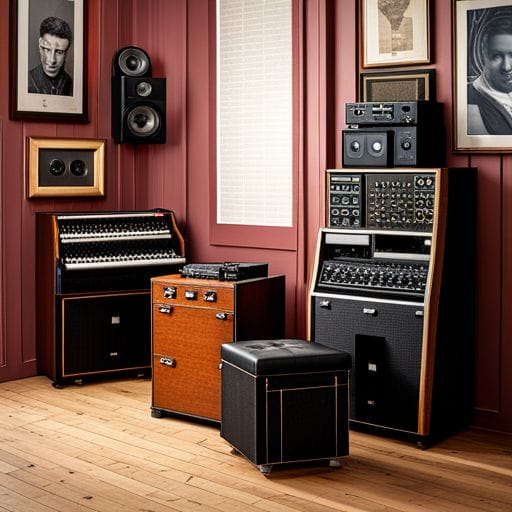How to Use Phase Cancellation as a Mixing Tool
18
Jul
0

Could you provide a step-by-step process on how to use phase cancellation as a mixing tool effectively?
Ever wondered how some tracks deliver a pristine, crisp sound like no other? Well, the answer may lie in an often overlooked mixing method known as phase cancellation. This process encompasses the use of waveforms to eliminate or minimize certain sonic elements in a mix, creating a more balanced, complete sound. By manipulating the phase relationship between different tracks in an audio piece, this strategy can heavily influence the final output.
Understanding Phase Cancellation
Phase cancellation is a phenomenon that occurs when two identical sound waves destructively interfere with each other. In other words, if two identical waves are in phase (peaking and dipping at the same time), they will add to each other. However, if one of these same waveforms is reversed so that its peaks match up with the other’s dips, and vice versa, complete cancellation will occur.
The Role of Phase Cancellation in Mixing
Phase cancellation as a mixing tool has two main uses: intentional phase cancellation and avoiding unintentional phase cancellation. When used properly, the power of phase cancellation can craft a tighter and more unified sound in your mix. It can be used to carve out unnecessary frequencies from tracks competing for the same space, ensuring all the elements are heard distinctly.
Applying Phase Cancellation in Mixing
Assuming you’re working with a DAW (Digital Audio Workstation), there are several ways to implement phase cancellation:
- Time Alignment: If two signals which are intended to be identical are not in phase, you can time-align the tracks in your DAW to make sure they’re perfectly synchronized. This will mostly fix the phase cancellation issue.
- Invert Phase Button: Almost all DAWs have a phase invert button. This can be used to flip the phase 180 degrees, which in certain circumstances can help to reduce phase cancellation.
- EQ Notches: If you notice certain frequencies disappearing due to phase cancellation, EQ notches on the competing tracks can help. By reducing the level of these specific frequencies, you allow the more important elements to come through.
Conclusion
Understanding and learning how to use phase cancellation as a mixing tool can contribute significantly to your skill set as a sound engineer. When manipulating phase cancellation intentionally, the possibilities are limitless. Remember always to be vigilant about phase problems while tracking and mixing – spotting them early can save you a lot of trouble in the long run.
